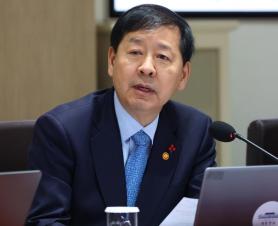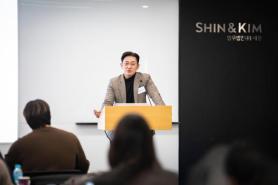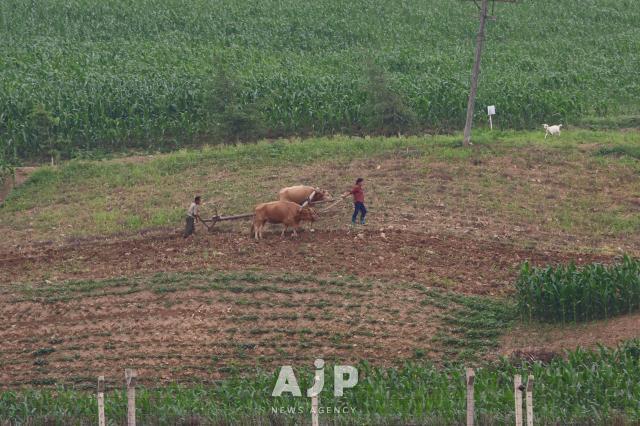
North Korea was once one with South Korea and remains close, yet unreachable. Today, we can only catch glimpses of the country under limited circumstances and in specific places. We cannot talk to them, shake their hands, or interact freely. One of the few places we can view North Korea relatively closely is from the Chinese border. While South Korea and North Korea are separated by the heavily fortified Demilitarized Zone, China and North Korea are separated mostly by the Amnok and Tuman rivers, making it possible to observe each other on clear days.
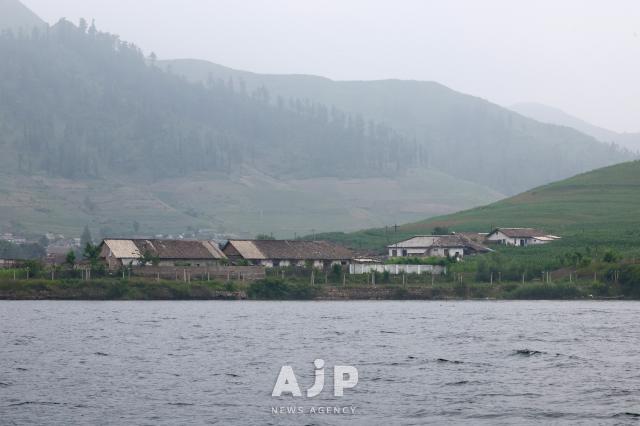
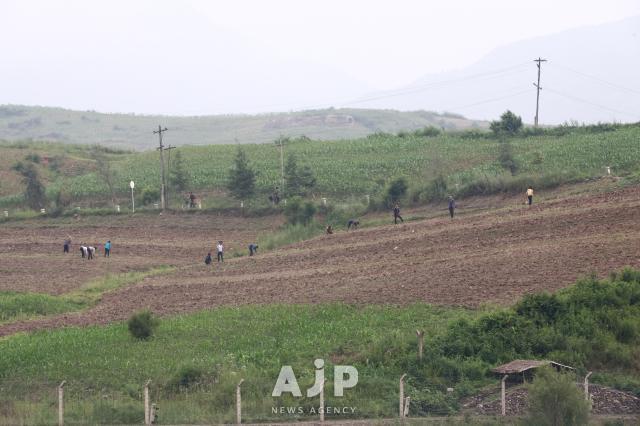
I visited the Amnok River hoping to catch a closer look at North Korea. In this region, boat tours allow passengers to see across the river to North Korean territory. These boats pass under the broken section of a bridge, once a route used by Chinese troops during the Korean War. Known as the Broken Bridge at Jianghado, it was bombed by American forces and has never been restored.
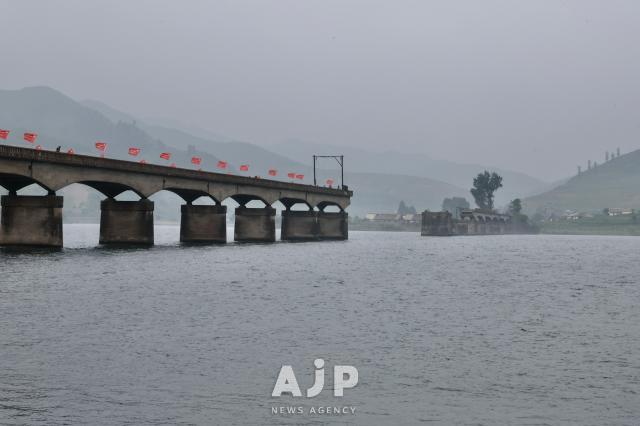
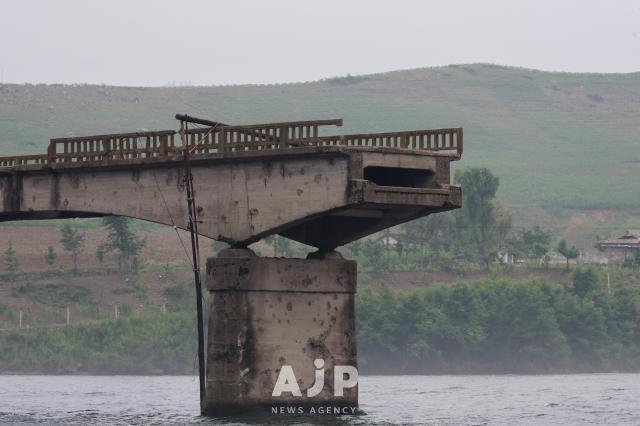
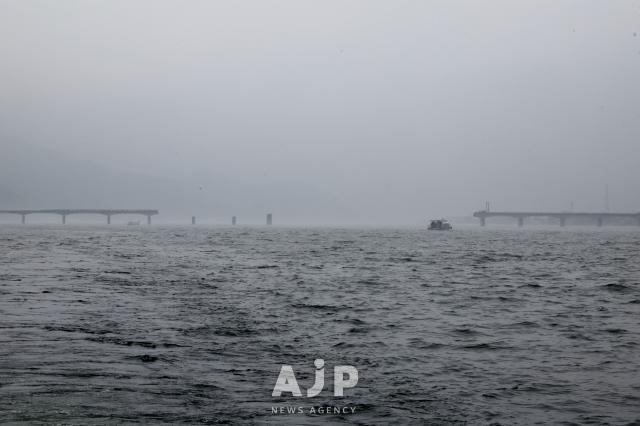
As our small boat approached the North Korean side, the figures of people came into focus. From afar, you might simply note that "there are people" or "those are soldiers," but as we drew nearer, we could see their postures, facial expressions, and clothing. They were plowing steep hillside fields with oxen. Two farmers guided a yoke as two oxen pulled a plow, a scene that looked frozen in the 1950s. Their brick houses were patched together with mismatched roof tiles, and the windows were irregularly shaped, seemingly incapable of withstanding harsh winters. Guard posts behind stone fences had peeling paint that no longer served any camouflage purpose. The only modern touch was a CCTV camera, but whether it worked was unclear. Wooden utility poles leaned dangerously and looked like they might snap in the wind.
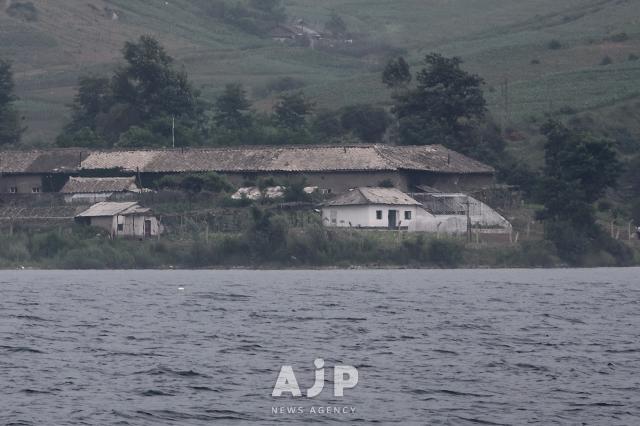
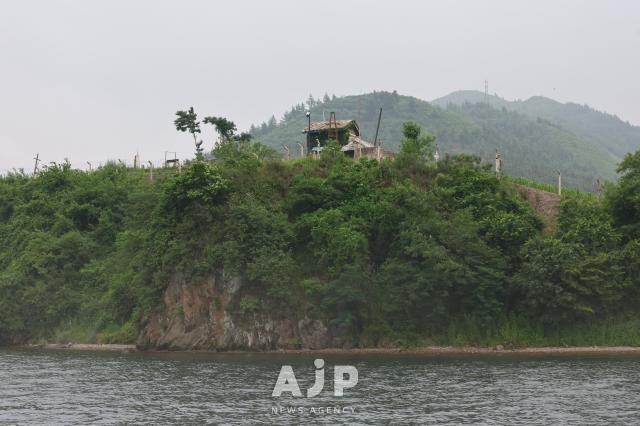
Across the Amnok River, the main mode of transportation appeared to be bicycles. A few motorcycles and cars were spotted, but they were rare. Most people carried goods on bicycles along a path fenced with netting toward the Chinese side, the only visible road on the North Korean side. A few people also moved by boat. These small, rusty motorboats, fitted with oars on both sides, carried two or three people fishing. Since they were closer to us than the people on land, we could hear their voices and exchange greetings. They looked no different from rural young men in South Korea—simple and familiar.
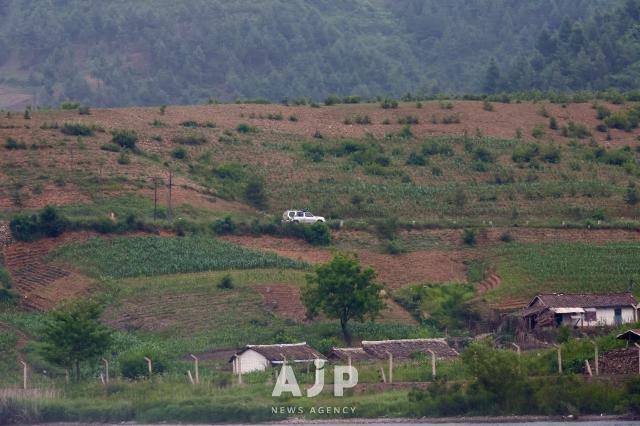
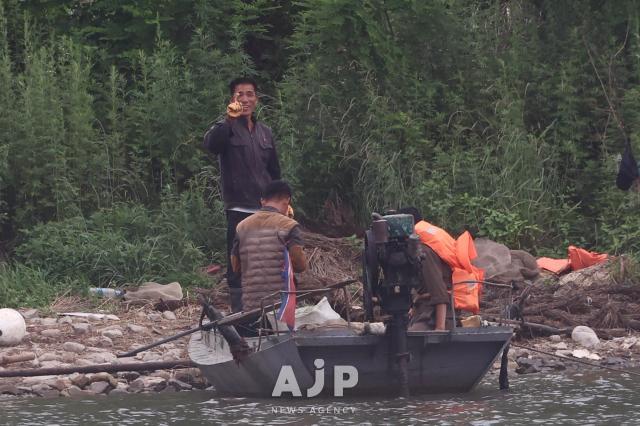
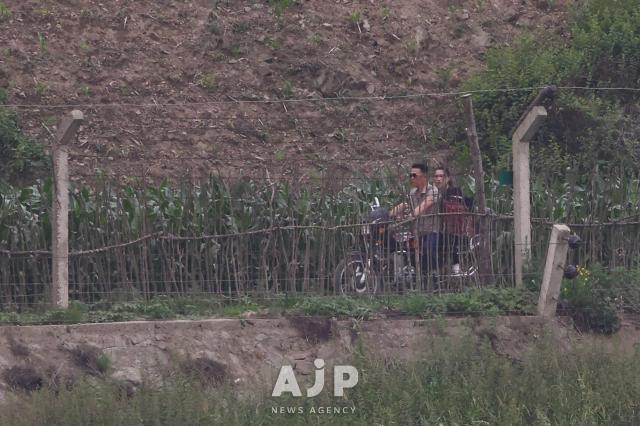
Watching their faces, I often forgot I was looking at North Korea. It felt like I was looking at a countryside village in South Korea. But then I saw a sign on a deforested hill that read, "Let us go forward with communism!" That jolted me back to reality. The same language, but a sentence unimaginable in the South—it was jarring.
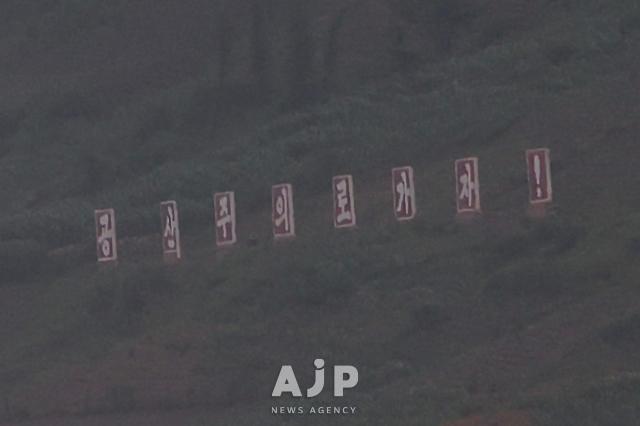
After getting off the boat, I traveled by bus for about an hour with the Amnok River on my left. The first thing I noticed were construction workers in North Korea. Most of them were young, small-framed men, numbering easily in the hundreds. Wearing yellow safety helmets, they were building walls with piles of earth.
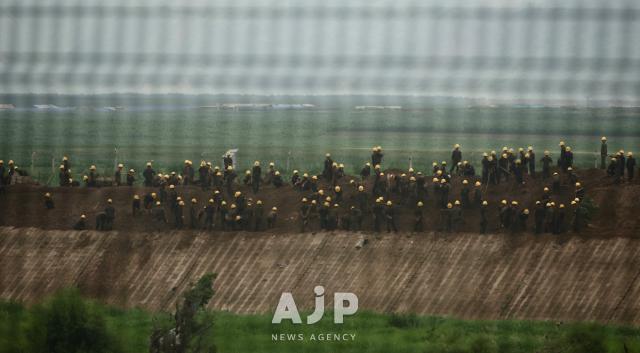
About an hour and a half later, we arrived opposite Sinuiju. There, we saw apartment buildings, possibly up to 15 stories high, which brought to mind the phrase "for show." Though it was around sunset, only a few small lights flickered inside, and no people could be seen. The ground floors housed facilities like food distribution centers, "Hadan 1 Pharmacy," a library, and an IT distribution room, mirroring the style of South Korean mixed-use buildings. On one wall, a large slogan read, "Let us thoroughly carry out the decisions of the 12th Plenary Meeting of the 8th Central Committee."

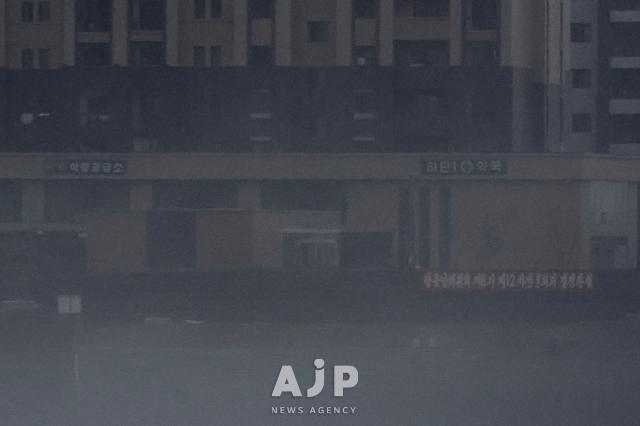
Our glimpse of the other side was soon obscured as fog rose across the width of the Amnok River. The fog swelled over the river like a pillow placed between North Korea and China, cutting off the view once again.
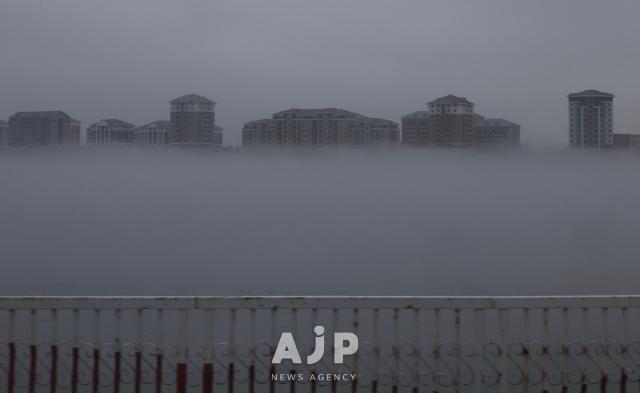
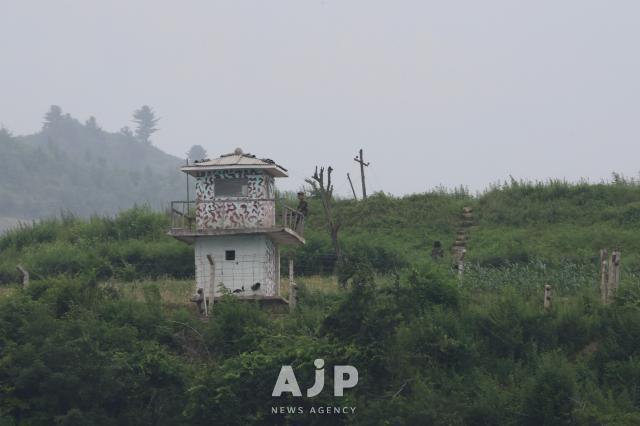
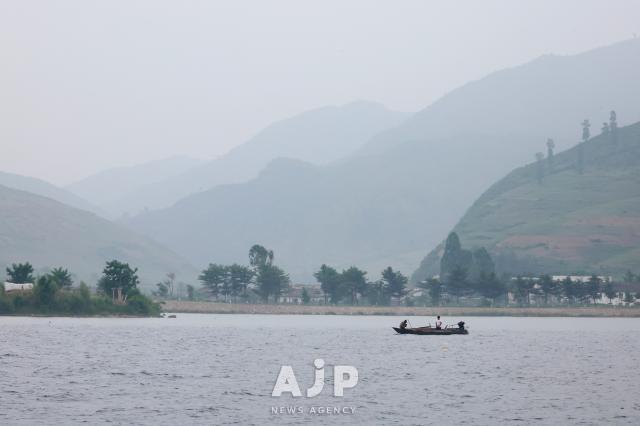
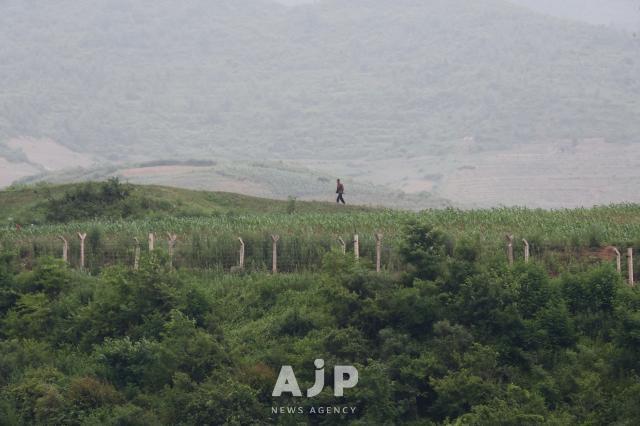
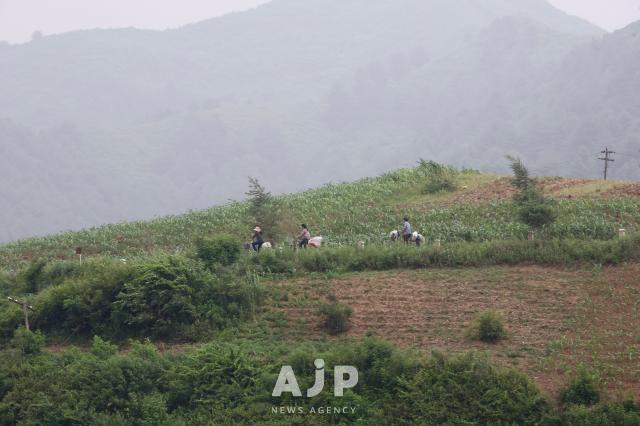
Copyright ⓒ Aju Press All rights reserved.


